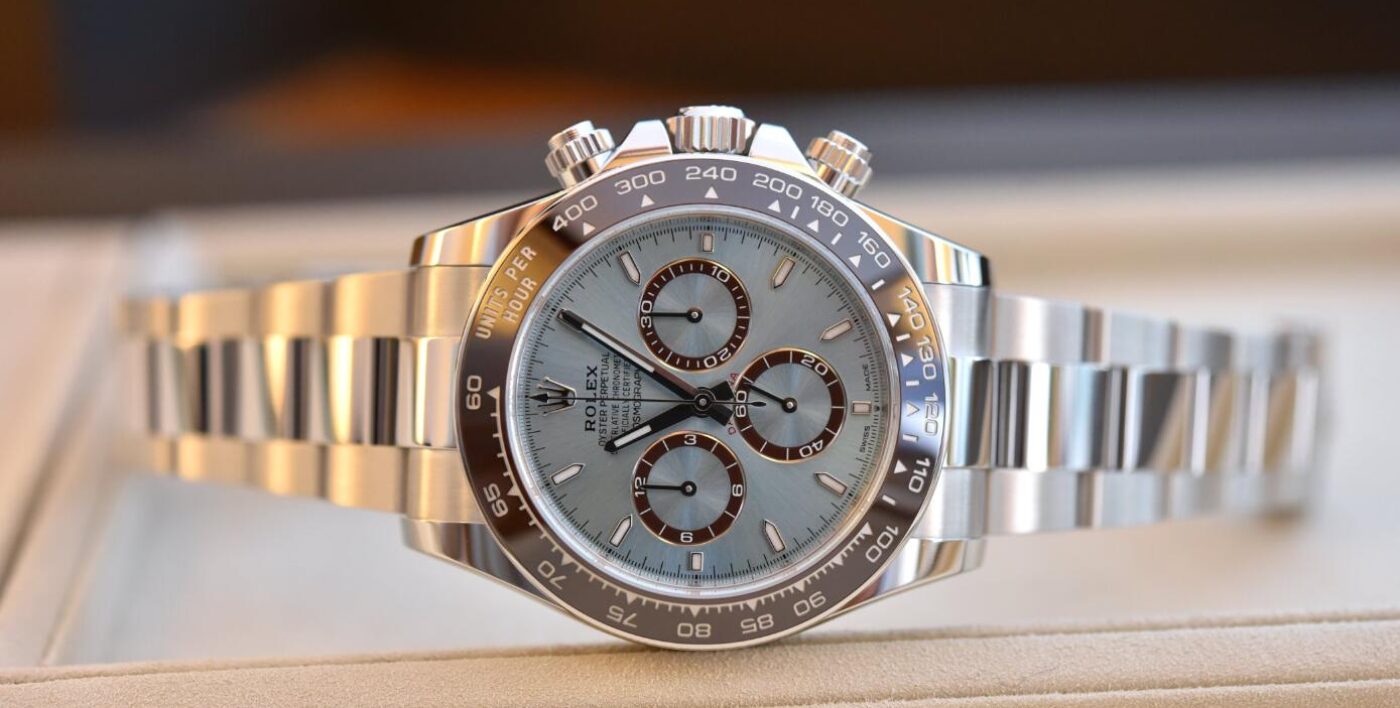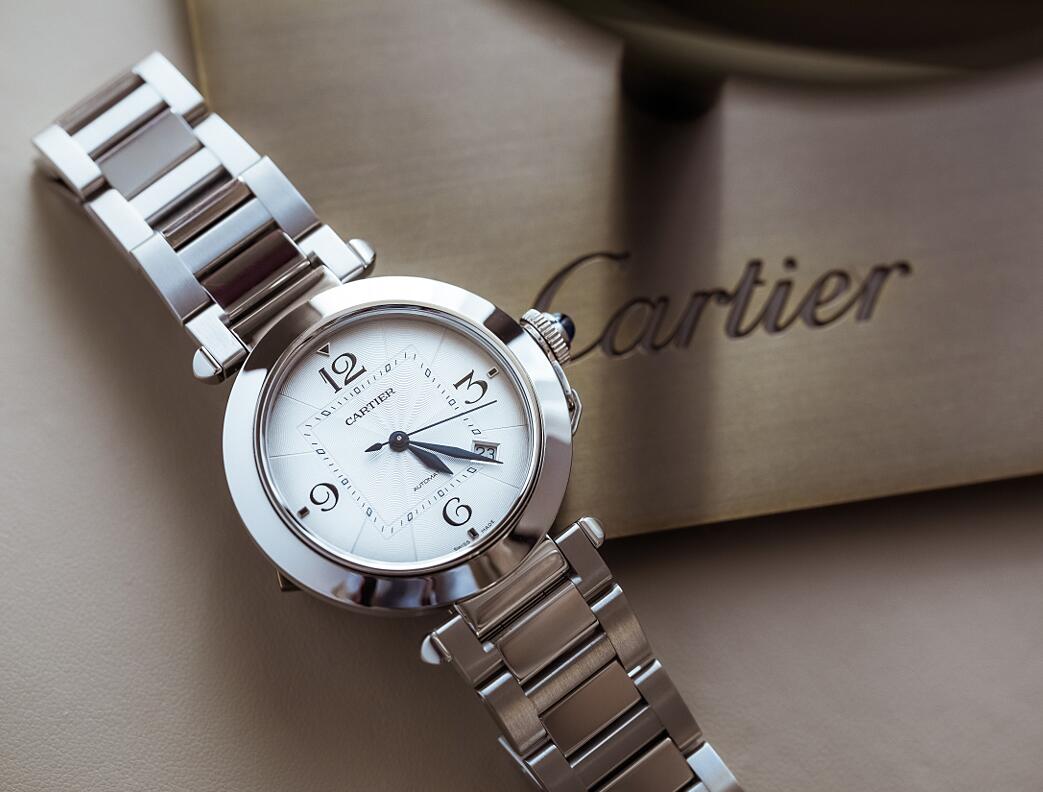The story of Pasha de Replica Cartier is, as far as I’m concerned, singular. Launched commercially in 1985, it quickly carved out a space among the classics of the French brand, a difficult task when your big brother is called Santos.
It’s an even more complex undertaking considering that, coinciding with the launch of the new collection this year, the manually wound Santos Dumont has also arrived to steal the spotlight.
If you want my opinion, I am the worst sponsor of Pasha, because I have always considered it a women’s watch adapted to men’s wrists.
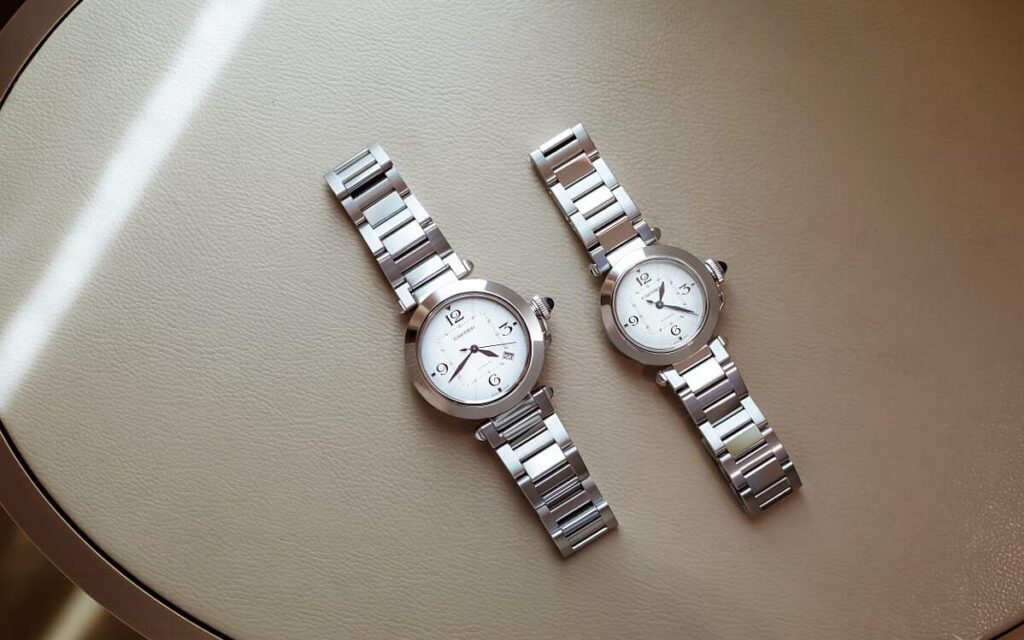
The market then rewarded Cartier’s courage (and, once again, Gérald Genta’s pencil) and the new collection attracts me in a way the original couldn’t.
The eighties were very different from today; the Pasha then soon met the tastes of the public, a period which, unlike the current one, was very little globalised.
Since its launch, the Cartier Pasha has remained in the catalog for a long time, available in two variants, one with a polished bezel, the other with a bidirectional graduated bezel and many also super complicated versions.
I’m thinking of perpetual calendars, minute repeaters and tourbillon chronographs.
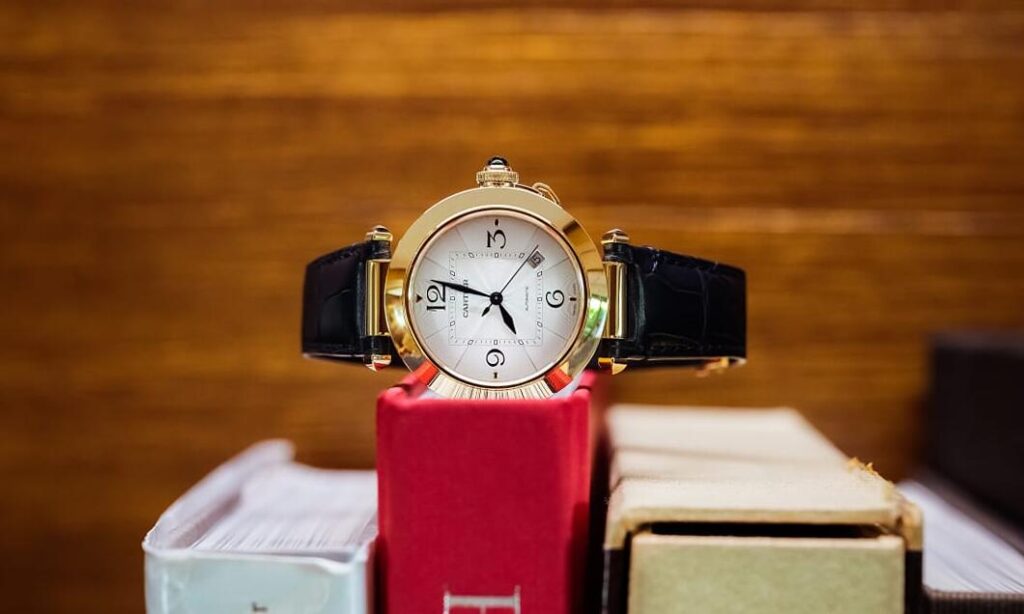
The new Pasha was missing from Cartier’s current offering, which continues the relaunch of its most successful watches, continuing to invest in the watch division.
The Santos Dumont, which abandoned the previous formula to become a modern alter ego of the first Santos, is an example of a brand that pays more attention to watchmaking enthusiasts than in the past.
Cartier has not distorted the original Pasha, which is still current in terms of form and function, but has instead replaced what is part of the culture of the eighties, reviewing the mechanics and simplifying the offer, at least at launch.
The designers worked on the dial and bezel: the version with graduated scale no longer exists, the case has two sizes (41mm and 35mm, and thickness under 10mm), the dial is cleaner, more sophisticated.
For example, the black lines that cross the dial are now hollows that apparently interrupt the “guilloché” motif, on which the dominant theme remains the square inserted in a circle.
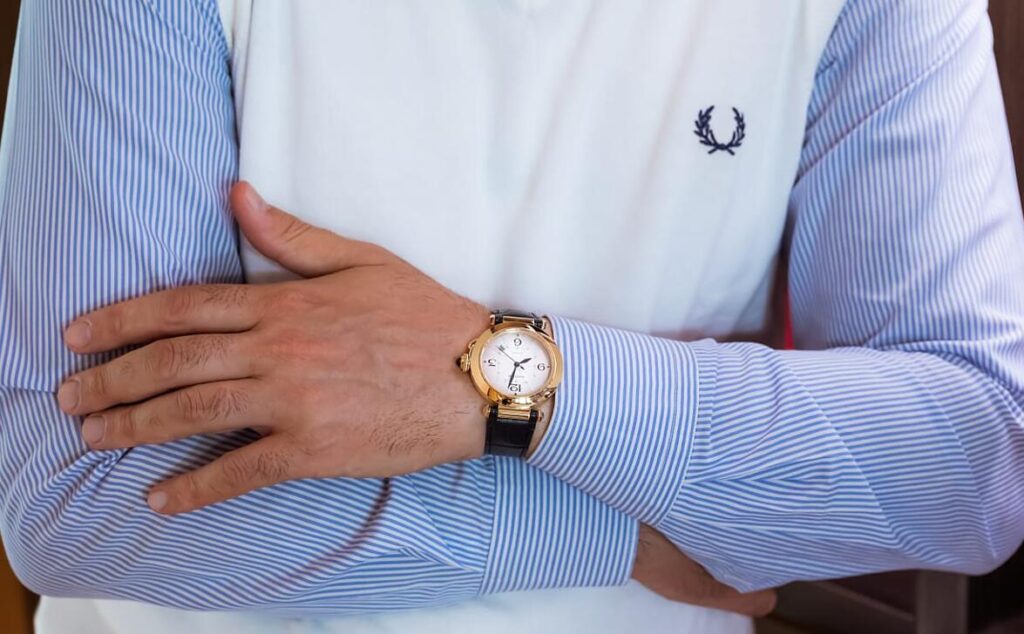
The date window has been eliminated from the 35mm version, but remains on the 41mm version. It’s a mistake, or missed opportunity, in my opinion. Why not offer customers the chance to buy an undated 41mm Pasha? Four applied indexes (the one at twelve o’clock is triangular in shape) complete a well-born and happily updated dial.
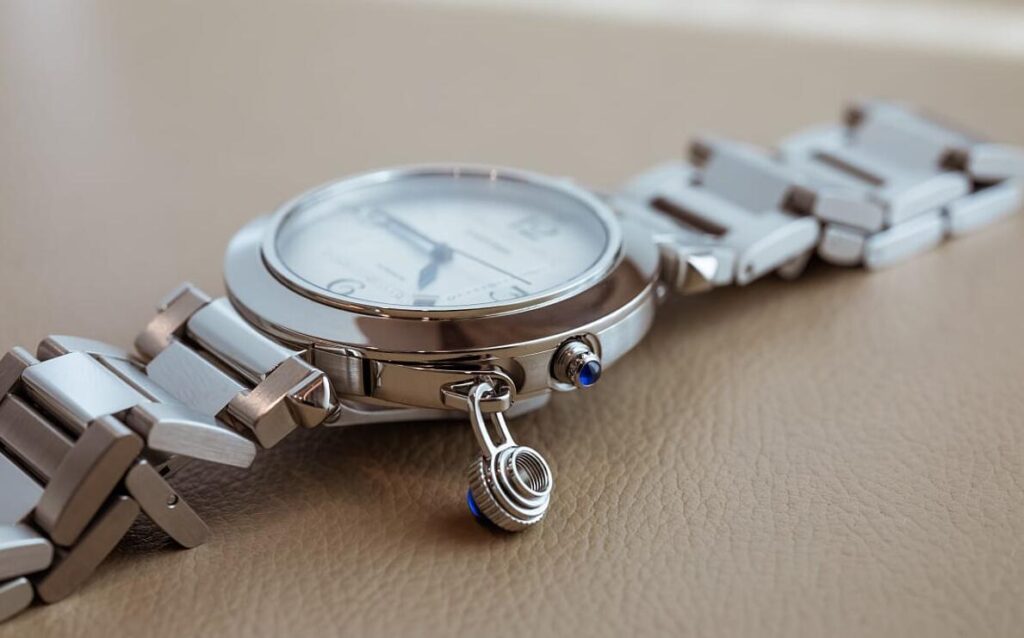
Still on the subject of details, Cartier also thought about the crown, now decorated with a cabochon even when the classic protective cap supported by the small chain is unscrewed;
It is now possible to have your initials engraved on the adjacent plate. All new Pashas are equipped with the 1847 MC manufacturing movement with 4Hz and 40 hours of maximum power reserve, an automatic caliber adopted by many models entering the Cartier world, with good antimagnetic capabilities, thanks also to an additional soft iron case .
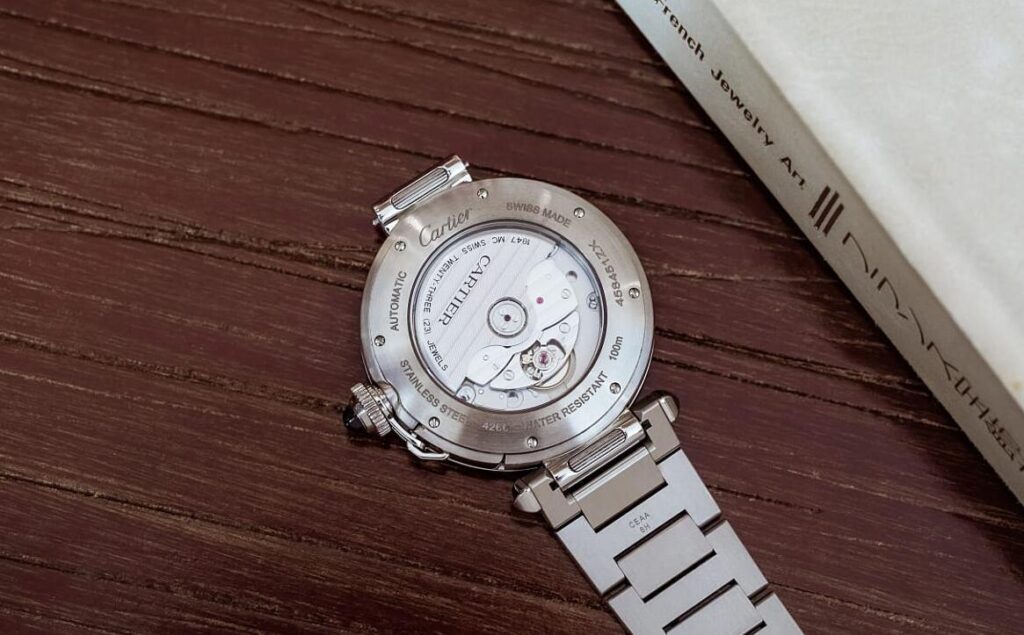
The steel versions are also available with a bracelet, which takes advantage of two Cartier patents, the QuickSwitch system for quickly changing the bracelet and the SmartLink which allows you to remove or add links, without having to go to a boutique or shop. The Cartier Pasha de Cartier, in the classic time-only version, is available in steel or gold (pink or yellow), in the sizes indicated above. Speaking of the gold versions,
I’m surprised that the rose gold one is available exclusively in the 35mm size, vice versa the yellow gold one only in the 41mm size.
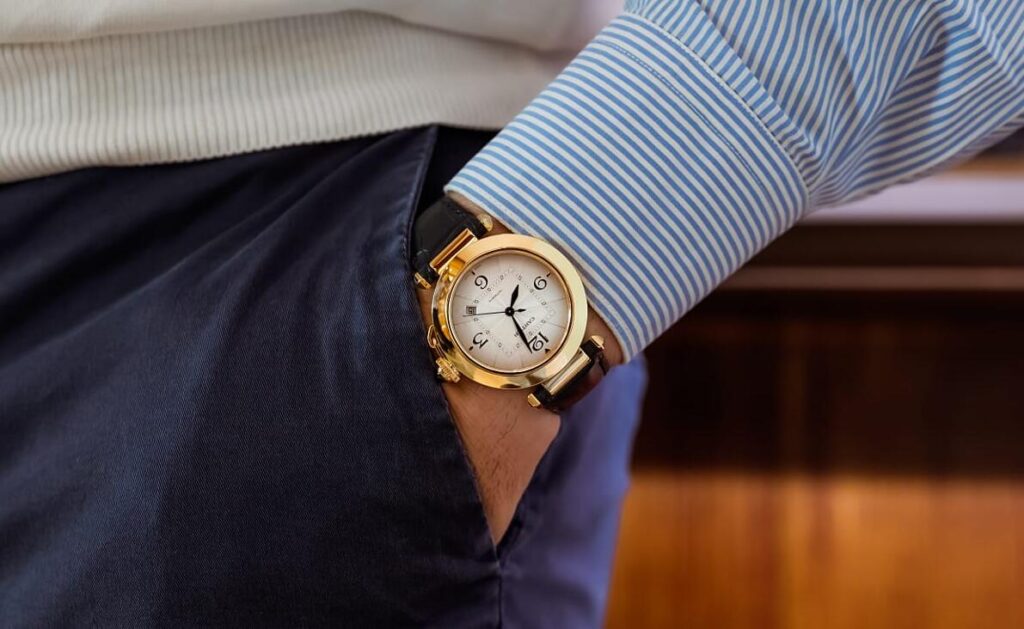
The new Pasha is also already available in the high-end versions with skeletonized dial and skeletonized dial with tourbillon. They are not the subject of this review, but it should be remembered that the Cartier skeleton caliber is now a small legend in its category; already mounted on the Santos, it generates long waiting lists. In summary, I believe that Cartier has updated the Pasha “cum grano salis”, without overdoing it and betraying its original spirit, eliminating obsolete details. It is now in step with the rest of the Cartier watch offering.
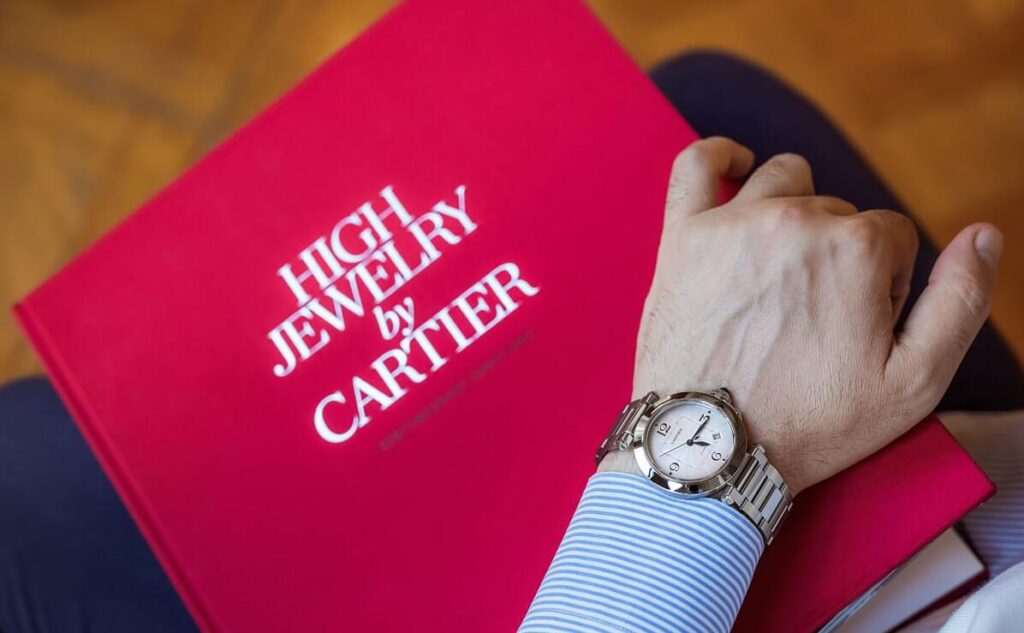
I also think that the version in yellow gold and leather strap is the most successful, the one that has benefited the most from the profound re-design work. Finally, I hope we see a Pasha chronograph soon and that Cartier adds, on all steel versions, a rubber strap similar to the one made on the Santos; the QuickSwitch system also serves to transform an evening sports watch into a yacht one, why not?
